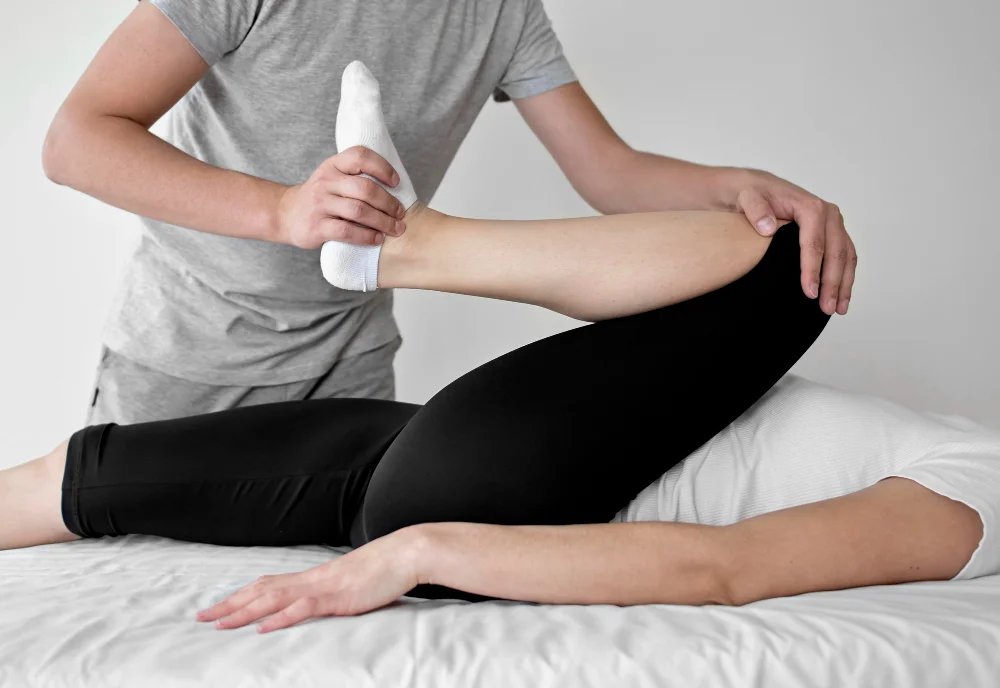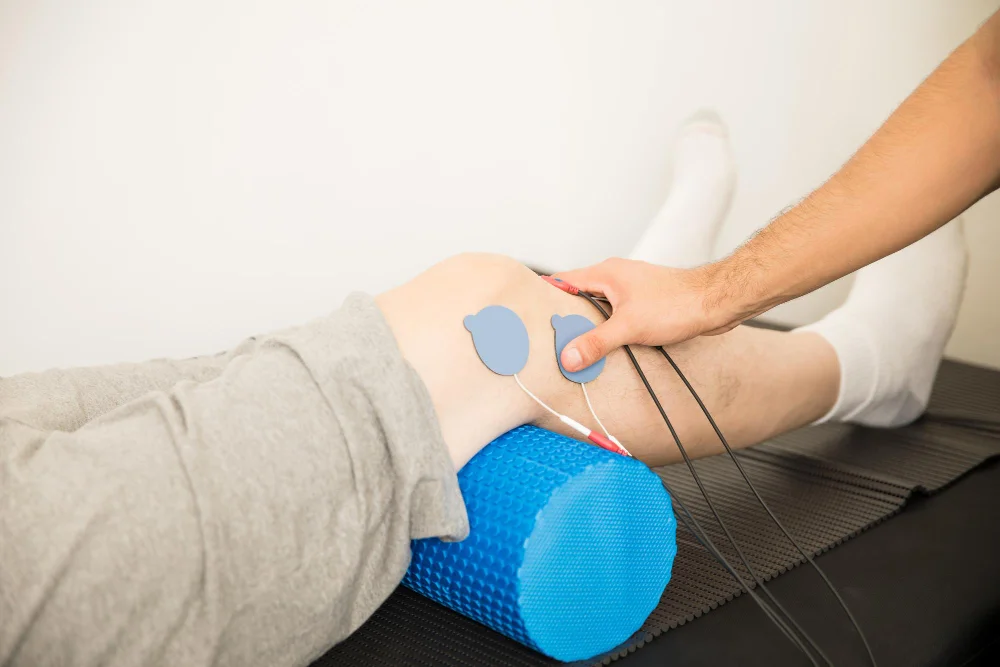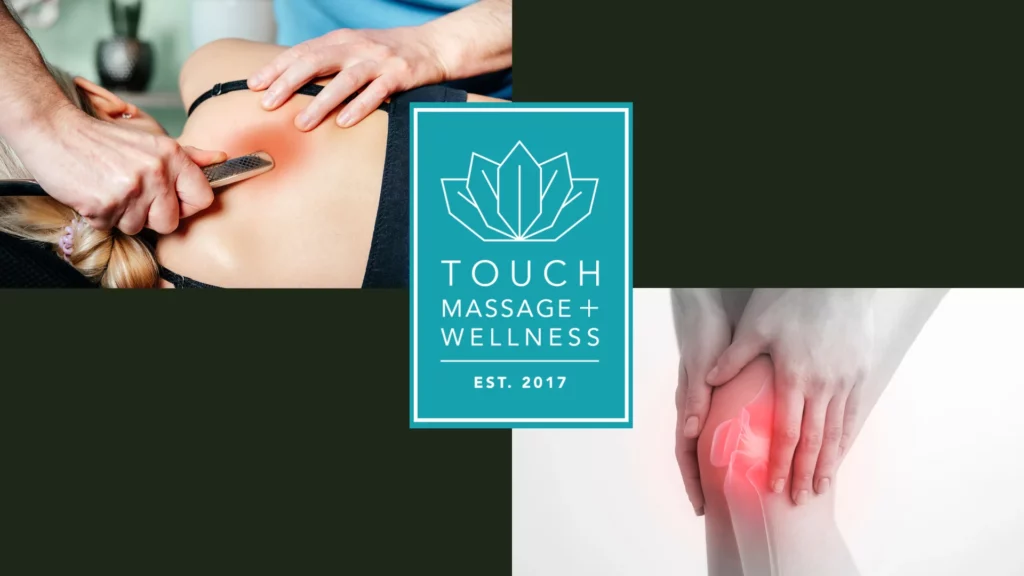Many individuals seeking to enhance their recovery journey after orthopedic surgeries are turning to orthopedic massage as a complementary treatment option. You may wonder if this specialized form of massage can help speed up your healing process and improve mobility. In this post, you will discover the benefits of orthopedic massage, how it works, and whether it can serve as a supportive therapy for your post-surgery recovery. This knowledge could empower you to take proactive steps in your healing journey.
Key Takeaways:
- Enhanced Circulation: Orthopedic massage can improve blood flow to the affected area, promoting faster healing and reducing inflammation.
- Pain Management: This type of massage is effective in alleviating pain and discomfort post-surgery, aiding in a more comfortable recovery experience.
- Improved Range of Motion: Regular orthopedic massage can help restore flexibility and mobility, which is vital for a successful rehabilitation process.
First off, What is Orthopedic Massage?
Orthopedic massage is a specialized form of massage therapy that focuses on treating the soft tissues surrounding joints to alleviate pain and enhance mobility. This therapy is particularly effective for rehabilitating soft-tissue injuries, helping individuals regain their full range of motion and return to their daily activities.
The Role of Orthopedic Massage in Recovery

Before undergoing orthopedic surgery, many people overlook the importance of post-operative care. Orthopedic massage can play a significant role in your recovery by enhancing circulation, reducing pain, and improving mobility. By incorporating massage therapy into your rehabilitation plan, you can support your body’s natural healing processes and expedite your return to daily activities.
Mechanisms of Action
The techniques employed in orthopedic massage, such as deep tissue manipulation, help to alleviate muscle tension and promote blood flow. Increased circulation aids in the delivery of vital nutrients and oxygen to the healing tissues, which can significantly reduce inflammation and pain post-surgery.
Benefits for Patients
Mechanisms of action in orthopedic massage translate to several benefits. By reducing muscle tension, it facilitates a greater range of motion. Additionally, addressing scar tissue formation through targeted massage can improve flexibility and function. These benefits ultimately contribute to a more comfortable recovery experience and a quicker return to your pre-surgery activities.
Patients often find that orthopedic massage not only alleviates pain but also enhances their overall emotional well-being during recovery. The calming effects of massage can reduce anxiety and promote relaxation, which is vital in the healing process. Overall, by integrating orthopedic massage into your recovery strategy, you set the foundation for improved function and a smoother rehabilitation journey.
Evidence and Research on Orthopedic Massage
You may find a growing body of evidence supporting the use of orthopedic massage in recovery from surgeries. Research indicates that this specialized form of massage therapy can enhance healing by improving circulation, reducing pain, and increasing flexibility. As practitioners continue to explore its benefits, findings show potential advantages in post-operative recovery times and overall patient satisfaction.
Clinical Studies
The clinical studies conducted on orthopedic massage reveal promising outcomes. Various trials have demonstrated that patients undergoing orthopedic procedures who received massage therapy reported reduced pain levels and improved mobility. These studies highlight the potential of orthopedic massage to complement traditional rehabilitation methods and may inspire you to consider its integration into your post-operative care plan.
Patient Testimonials
Patient feedback often illuminates the real-world benefits of orthopedic massage in recovery. Many individuals have shared their positive experiences, highlighting how massage therapy helped alleviate discomfort and facilitated a faster return to regular activities after surgery.
Clinical observations from patient testimonials underline the efficacy of orthopedic massage in enhancing recovery experiences. Numerous patients have noted significant improvements in their range of motion and overall well-being after including massage therapy in their rehabilitation process. These firsthand accounts can offer valuable insights as you contemplate your recovery options post-surgery.
Types of Orthopedic Massage Techniques
Now, understanding the various techniques of orthopedic massage can significantly enhance your recovery experience. Here are some of the main types you may encounter:
| 1. Deep Tissue Massage | Focuses on realigning deeper layers of muscles and connective tissue. |
| 2. Myofascial Release | Targets the fascia to release tension and improve mobility. |
| 3. Sports Massage | Designed to prevent injuries and prepare your body for physical activity. |
| 4. Trigger Point Therapy | Involves pressure on specific points to alleviate pain and discomfort. |
| 5. Swedish Massage | Offers gentle techniques to promote relaxation and circulation. |
After exploring these techniques, you can choose the one that best suits your recovery needs.
Deep Tissue Massage
DT massage focuses on deeper muscle layers to relieve tension and pain. By applying firm pressure, this technique targets specific areas of tightness, which can facilitate healing after surgery.
Myofascial Release
Release addresses the fascia, the connective tissue surrounding muscles. By applying gentle, sustained pressure, you can help alleviate tension and tightness, promoting better mobility and reduced pain.
Plus, myofascial release enhances blood flow and helps your body’s natural healing processes. As you engage in this technique, you may find that it not only targets pain but also improves your overall range of motion, making it an excellent choice for post-surgical rehabilitation.
Timing and Frequency of Massage Post-Surgery
All patients should be mindful of the timing and frequency of orthopedic massage following surgery. Engaging in massage therapy at the appropriate stages of your recovery can significantly enhance the healing process, alleviate discomfort, and improve mobility. It is crucial to consult with your healthcare provider to establish a personalized plan that aligns with your specific surgical procedure and overall health status.
Ideal Timeframes
Along your recovery journey, it’s advisable to wait at least 48 to 72 hours after surgery before initiating massage therapy. This allows your body time to stabilize and reduces the risk of compromising surgical sites. Once your doctor gives you the go-ahead, incorporating massage may assist in reducing swelling and promoting blood flow, which is beneficial for your healing process.
Recommended Frequency
At the outset of your rehabilitation, consider scheduling massage sessions two to three times per week. This frequency can provide consistent relief and support the body’s natural healing mechanisms during the initial recovery phase. As you progress, you can evaluate the effectiveness of the treatment and adjust the frequency under the guidance of your healthcare professional.
The suggested frequency of two to three times weekly allows for adequate time between treatments for tissues to respond and adapt positively. Consistent sessions help manage pain levels and assist in regaining range of motion, particularly in the early stages post-surgery. As you heal, you may find that a less frequent routine, such as weekly or bi-weekly sessions, is more suitable to maintain your recovery progress while allowing some independence in your rehabilitation exercises.
Integration with Other Recovery Strategies

Despite the benefits of orthopedic massage, it is most effective when integrated with other recovery strategies to maximize your healing process. Combining massage therapy with proper rest, nutrition, and physical therapy can enhance your recovery. For more insights, check out these Tips for A Quicker Recovery From Orthopedic Surgery.
Physical Therapy
One imperative component of your recovery journey is physical therapy, which focuses on restoring strength, flexibility, and mobility to your affected area. Collaborating with a physical therapist allows you to create a personalized rehabilitation plan to complement the benefits of orthopedic massage.
Home Care Practices
Any effective recovery plan should also include home care practices, which play a significant role in your overall healing process. Simple actions, such as applying ice or heat, taking prescribed medications, and following your recovery guidelines, can greatly improve your comfort and expedite your healing.
A well-structured home care routine enhances your recovery outcomes. You should pay attention to your body’s signals, engaging in gentle movements as recommended, and maintaining a healthy diet. Additionally, ensuring a comfortable and supportive environment aids in promoting rejuvenation. By integrating these home care practices with orthopedic massage, you can create a comprehensive approach to accelerate your recovery journey.
Potential Risks and Considerations
Your recovery journey after orthopedic surgery can benefit from various therapies, but it’s important to acknowledge potential risks. Orthopedic massage may provide relief and expedite healing, yet you should consider contraindications and consult with a healthcare professional before starting any treatment. Explore more about Orthopedic Massage Therapy to understand its benefits and limitations for your specific case.
Contraindications
For some individuals, orthopedic massage may not be advisable. Conditions such as severe osteoporosis, fractures, or infections in the affected area can hinder your safety and success with massage therapy. It is important to communicate openly with your massage therapist and healthcare provider about any existing medical conditions before undertaking treatment.
When to Avoid Massage
At times, you may need to refrain from massage therapy entirely. Unmanaged pain, inflammation, or wounds in the surgical area warrant caution and may necessitate postponing treatment until fully healed. Additionally, if you have recently undergone surgery, consult your physician to determine when it’s safe for you to resume massage therapy.
Avoiding massage during those critical recovery phases helps ensure that your healing process remains on track. It’s vital to listen to your body and wait until your healthcare provider gives you the go-ahead. Doing so can prevent further injury and support your recovery effectively.
Orthopedic Massage Conclusion
Drawing together the insights on orthopedics and massage therapy, you may find that incorporating orthopedic massage into your recovery plan can indeed facilitate a smoother healing process following surgery. This specialized type of massage helps in reducing pain, improving range of motion, and alleviating swelling, all of which are vital for your rehabilitation. As you consider your recovery options, it’s beneficial to consult with healthcare professionals to tailor a massage therapy plan that aligns with your specific needs and goals, ultimately enhancing your overall recovery experience.
Q: How can orthopedic massage contribute to recovery from orthopedic surgeries?
A: Orthopedic massage can play a significant role in recovery from orthopedic surgeries by promoting blood circulation, reducing swelling, and alleviating pain in the surgical area. By enhancing blood flow, massage helps to deliver necessary nutrients and oxygen to the affected tissues, which can speed up the healing process. Additionally, specialized techniques used in orthopedic massage can release muscle tension and improve the range of motion, facilitating rehabilitation and a return to normal function.
Q: Are there specific types of orthopedic surgeries that may benefit more from orthopedic massage?
A: Yes, certain types of orthopedic surgeries can benefit significantly from orthopedic massage. Surgeries related to joint replacements (e.g., hip or knee replacements), soft tissue repairs (like ligament or tendon surgeries), and spinal surgeries may all see advantages from massage therapy. These surgeries often involve trauma to the surrounding tissues, and orthopedic massage can assist in managing post-operative discomfort, enhancing recovery, and helping regain mobility more effectively than with traditional rest alone.
Q: When is it appropriate to start an orthopedic massage after surgery?
A: The timing of when to initiate orthopedic massage after surgery varies depending on the specific procedure and individual circumstances. Generally, it’s advisable to consult with your surgeon or healthcare provider before starting massage therapy. In many cases, gentle massage may commence a few days after surgery, when swelling and pain have started to decrease. However, more intensive massage techniques may be recommended only after several weeks or upon clearance from a healthcare professional. Tailoring the timing and intensity of massage to your healing process is necessary for optimal results.
